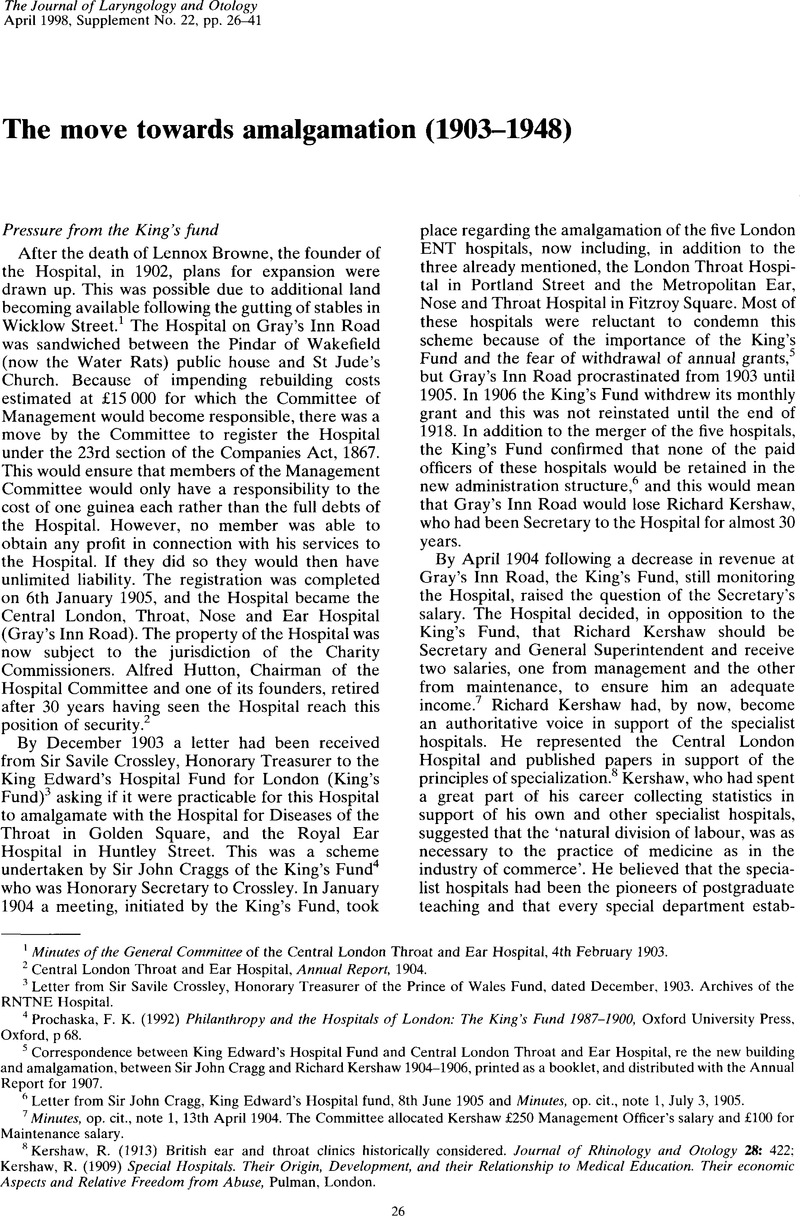8135th Report of Local Government Supplement: TB., HMSO, London, 1905–1906, p 15. Reactions to Koch's contribution to the British Congress on Tuberculosis is given in
Transactions of the British Congress on Tuberculosis for the prevention of consumption. Section IV, The Veterinary Section, William Clowes, London, 1902, Tuberculosis and the milk supply p.48, Tuberculosis and the meat supply pp 78, 79.
Google Scholar 